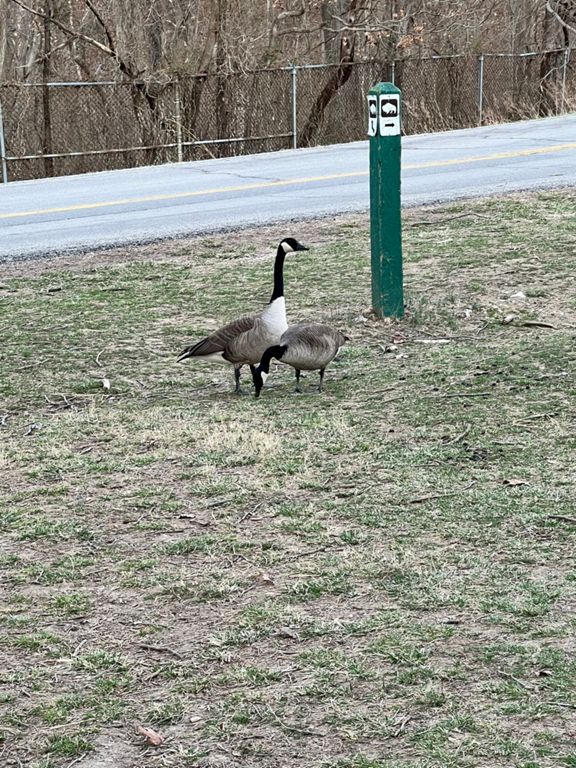





White Bison Trail
Ruta de senderismo
Fácil
3.04 mi
458 ft
Spot roaming elk and buffalo in a woodland wildlife park near the city.
Lone Elk Park is an unexpected gem in the St. Louis area. It’s a wildlife park with elk and bison on the roam. Such fauna were hunted out of Missouri centuries ago, but these re-introduced herds now thrive in a protected fragment of their former habitat. Most people come to the park to drive the paved loop, where you can see animals from your car. But there’s also the option to hike into their habitat on the White Bison Trail. The trail undulates through hilly deciduous forest, forming a roundabout circuit with a pond in the center. On foot, you’re likely to see elk and bison resting away from the road. In addition, you may see more familiar wildlife like deer, turkey, and waterfowl. The bison and elk are used to seeing people, but it’s still best to walk calmly and quietly so they don’t run away. Also, keep in mind that these are wild animals. They are normally docile, but can be dangerous and may attack if provoked, so keep your distance. The best times to see them are mornings and evenings when they are most active, but your chances of spotting at least a few are good at any time of day. Source: Written by Jesse Weber
Lone Elk Park is an unexpected gem in the St. Louis area. It’s a wildlife park with elk and bison on the roam. Such fauna were hunted out of Missouri centuries ago, but these re-introduced herds now thrive in a protected fragment of their former habitat. Most people come to the park to drive the paved loop, where you can see animals from your car. But there’s also the option to hike into their habitat on the White Bison Trail. The trail undulates through hilly deciduous forest, forming a roundabout circuit with a pond in the center. On foot, you’re likely to see elk and bison resting away from the road. In addition, you may see more familiar wildlife like deer, turkey, and waterfowl. The bison and elk are used to seeing people, but it’s still best to walk calmly and quietly so they don’t run away. Also, keep in mind that these are wild animals. They are normally docile, but can be dangerous and may attack if provoked, so keep your distance. The best times to see them are mornings and evenings when they are most active, but your chances of spotting at least a few are good at any time of day. Source: Written by Jesse Weber
